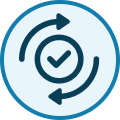Third-party application maintenance: how to set it up for a CMMS solution?
Setting up TMA requires a clear definition of the scope of services entrusted to the third-party company, as well as close communication with the various players involved in CMMS software maintenance.

Third-Party Application Maintenance (TMA) is a well-known IT maintenance service, which is perfectly suited to maintaining a CMMS in operational condition. It consists in delegating software maintenance to a third-party company specialized in this field, in order to free user companies from administrative tasks.
Setting up TMA requires a clear definition of the scope of services entrusted to the third-party company, as well as close communication with the various players involved in CMMS software maintenance.
Define the scope of TMA
To set up TPAM, it is essential to clearly define the scope of services to be entrusted to the third-party company, and to choose the types of services covered by the contract.
Corrective maintenance
The aim of corrective maintenance is to deal with anomalies concerning the use of the CMMS software package. This may concern the tool, its parameterization, a specific program or interface, or the updating of documentation. In this case, the TMA team itself acts as a link between the maintenance teams using the software, the CMMS administrators and third parties (software supplier, database supplier, etc.).
User support
Provides occasional functional assistance with the CMMS tool. Despite its ad hoc nature, the TMA team is familiar with the context in which its customer uses the CMMS. They have the knowledge needed to support users in implementing best practices.
Upgrade maintenance
To meet user needs, this service implements upgrades to the CMMS software, deploying new functions or improving existing ones. It provides real added value in a TMA contract: up-to-date software, customized technical upgrades, integration of new functionalities, parameterization modifications, etc.
Operational maintenance
This enables the TMA team to take charge of certain recurring or one-off functional tasks which could normally be carried out by maintenance teams using the CMMS. For example, the TMA service provider can take care of the annual archiving of work orders, the analysis of certain data, the launch of certain reports and the dispatch of results to certain users.
Preventive maintenance
This involves keeping the necessary technical watch on the customer’s environments, to guarantee the infrastructure’s upgradeability over time. Every day, the CMMS is enriched with new equipment, new users, and so on. As the database grows and the number of users involved increases, there is a risk of a reduction in the tool’s performance. It is therefore important to ensure that everything is correctly configured to continue to provide the same level of service over time.
Please note: TMA acts as a relay between users and the software publishers with whom they have signed a software maintenance contract. It enables us to monitor the resolution of anomalies and to provide assistance that takes account of the user’s context.
Setting up TMA
In the initialization phase, which lasts around a month to a month and a half, the aim is to define the way in which the TMA team will work with the customer’s users. To do this, it is essential to determine the entry points and communication channels to be used, the technical inventory of infrastructures and programs to be maintained, and to define the databases on which the TMA team will work. This defines and confirms the scope of the service. Service management indicators are also defined and validated during the initialization phase.
The probationary phase, which lasts two months, allows us to adjust everything that was put in place during the initialization phase. During this period, the service can be implemented by adjusting the way the TMA team and users work together. At the end of this phase, it is possible to exit the contract or validate the operation and move on to the next phase.
The recurring phase then begins, renewable on an annual basis. It consists of implementing the contract and delivering the services expected by the customer.
It is important to be able to measure the quality of service provided through a Service Level Agreement (SLA). It must be described in the contract, based on defined criteria. Indicators must measure the responsiveness, efficiency and production quality of the team in place.
By managing these indicators in project mode, it is possible to check that the SLA is being respected, and to implement possible areas for improvement as they arise.
If the customer wishes to take over the service in-house, or call on another service provider, a reversibility phase is planned. This lasts between one and two months, and enables information and tools to be transferred to the new team.
In conclusion, it is essential for companies wishing to implement TMA on their CMMS software to draw up precise specifications upstream of the project. By defining the types of maintenance expected and the scope of the TMA, it will be possible to guarantee the deployment of a project that meets expectations: freeing users from administration tasks, guaranteeing the tool’s operational readiness and also carrying out the technical monitoring required to ensure the infrastructure’s scalability over time.
Expert interview – Davy Henry, Director of Services at Siveco Group.





